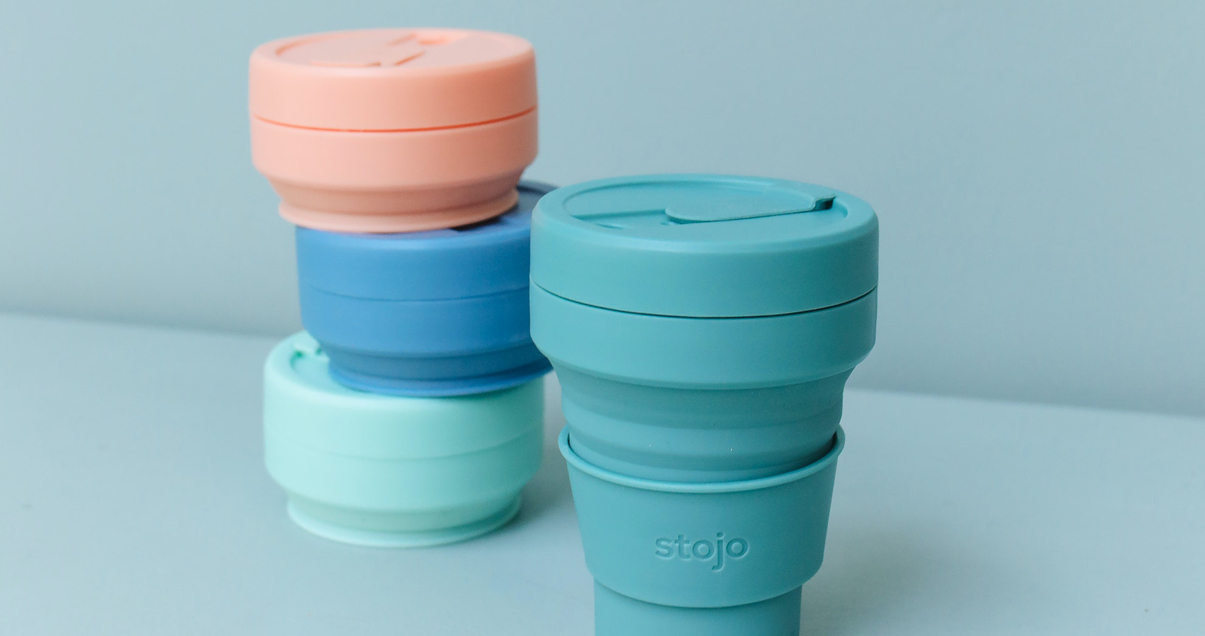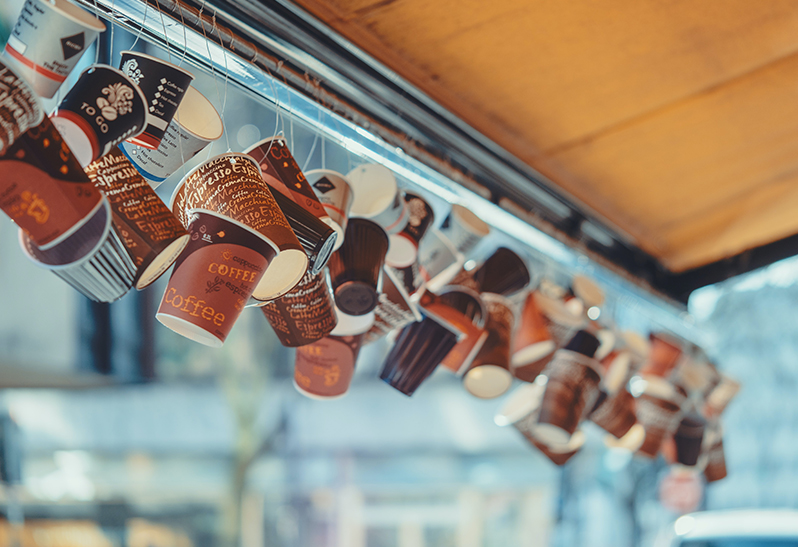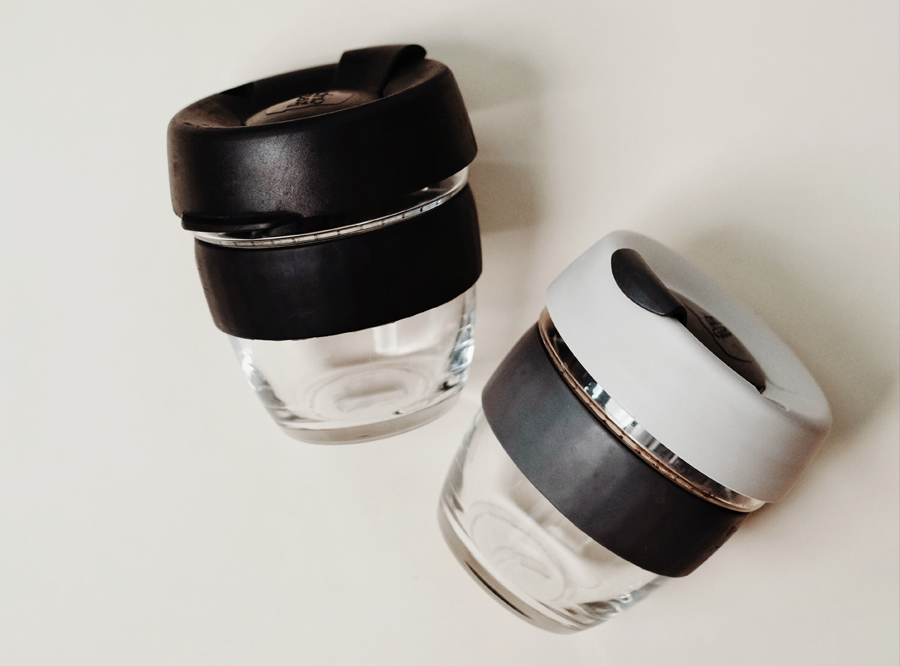No more plastic?

We spoke to Miriam Weber from Hydra Marine Sciences about the opportunities presented by bioplastics, the major loss risks and the vital impact consumers have.
Dr. Weber, you examine the behavior of biodegradable polymers in oceans and local waterways. Are you seeing trends in bioplastics that are actually sustainable and have a future?
Miriam Weber: We certainly are. We’re working closely with standardization organizations at the moment. Our aim is to develop and establish official methods for evaluating the biodegradability of various substances in the environment. Moreover, how degradable a material is always depends on where it ends up: in an industrial composting facility, on a domestic compost heap or – and this is sadly still the case – in the ocean or in our rivers, lakes and soils. The question is do we want to become independent of fossil resources or do we focus our attention more on the end of life stage; in other words, on disposal? Ideally, we need to do both.
Once you have established the new standard, will we finally be able to use plastics to our hearts’ content with confidence?
MW: As inconvenient as it may sound at first, our top priority is to reduce, reduce, reduce. This applies not only to consumption, but also to the release of these products into the environment. To dolphins in the ocean, it doesn’t make any difference whether the fishing net they get caught in is made of petroleum-based or marine biodegradable plastic. Even biodegradable plastics don’t dissolve that quickly. What I mean is that, even with biodegradability, we won’t be able to get a grip on the mass accumulation of huge lumps of plastic – known as macroplastics – in the environment. The good thing is that, in most cases, it is possible to avoid releasing macroplastics into our environment. We need to do a massive amount of work on this on a global scale and at an unprecedented speed.
Nevertheless, even in the future we won’t be able to stop using plastic-like materials altogether. In your opinion, which materials and uses would be reasonable from an environmental and economical perspective?
MW: It will always be a case-by-case decision as to whether we replace a material with a biodegradable or alternative material or ban it altogether. We are using an interdisciplinary approach in the development of our evaluation matrix, meaning that we are incorporating a range of different perspectives. There are lots of areas of daily life where it doesn’t make sense to stop using plastics. If we were to remove all the plastic parts from a car, for example, the car would be heavier and this would increase fuel consumption dramatically – and it would of course be ridiculous to have wheels made of wood (she laughs).
In the case of mulching films, which are used in agriculture to reduce water consumption and pesticide use, biodegradability can be incredibly useful. If conventional plastic films are used, they have to be collected back in again. Losses occur, and recycling is difficult because the films are soiled with dirt, which means it hardly ever happens. Biodegradable films can be mixed in with the soil when the field is ploughed. Needless to say, their degradation must be safe for the environment. Biodegradability is also possible in cases where there is a “major loss risk,” such as for fishing products or cigarette butts. A third area where it is suitable includes items such as car tires, shoe soles, textiles, paints and also solar panels, which wear out over time and consequently release microplastics into the environment. A certain amount of contamination is unavoidable, which is why, in these cases, we need rapid and safe solutions that have been tested on the basis of an environment-related evaluation matrix.


What’s the situation regarding plastic plates and cups? We are all familiar with them and are using them even more often during this coronavirus pandemic.
MW: We will obviously still be a to-go society, even in the future after coronavirus. We have to be realistic. But it depends on the individual case here, too. First off, it is a good idea to use reusable products. When we go on a picnic, we can bring our own tableware, for example. Christmas markets already use a system whereby all the stalls use the same plates, which are cleaned at a cleaning station. Some German cities are trialing a reusable deposit system for coffee to go, and various providers are taking part. How it works is that consumers buy a drink, at a coffee shop for instance, and can simply hand in their used cup to the next provider, such as at a bakery, for example, where it is cleaned and put back into circulation. Biodegradable products have proven their usefulness at major events, as they can be sent to the composting facility along with the food waste. If we want to become more sustainable as a society, it all comes down to what price consumers are willing to pay. This is a complex social issue, and bioplastics are just one part of it.
Do we perhaps just need to have more patience when it comes to bioplastics, like with other technological developments?
MW: Yes, absolutely. As a marine biologist who spends a lot of time in the natural environment and observes the consequences first-hand, I think it is vital that we continue to conduct research and develop solutions. Fortunately, consumers, NGOs, industry and governments all agree that plastics are not good for the environment. We are definitely getting to grips with the problem of plastic cups and plastic bags; the difficulty lies with the many examples of environmental contamination that I have already mentioned that we cannot or don’t want to avoid. They occur on a daily basis, and are sadly continuing to grow.
So, in that case, would it be ecologically ethical to continue investing in the research of alternative plastics?
MW: Absolutely. But material and product development is extremely expensive because the alternative material has to fulfil exactly the same requirements – such as tensile strength or fire resistance – as the current material. This takes us back to being more patient. But I think this has some very positive prospects, with European politicians and industrialists able to play a leading role. This would undoubtedly quickly result in the creation of some interesting new materials at an affordable cost – as I said, for unavoidable contamination in particular.
What recommendations would you make to consumers?
MW: I can merely encourage consumers to continue raising the issue of plastics in their daily lives, be it in their family circles, among friends or at work. This is an important lever that is often underestimated. If it weren’t for consumer engagement, the new EU ban on plastic disposable products would not have gotten off the ground anywhere near as quickly as it did. Public support would also be a big help for our evaluation and testing matrix that we are currently developing. Once this standard is in place, we will be able to ascertain much more quickly and easily whether a product is safely biodegradable and is indeed environmentally friendly.
Thank you very much for this informative interview.

